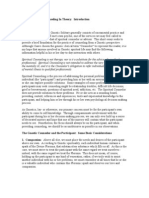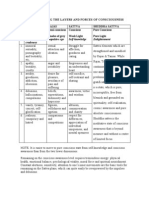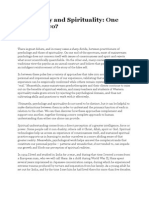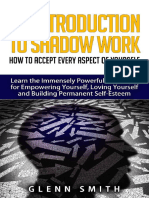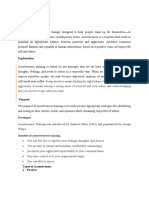0% found this document useful (0 votes)
303 views21 pagesShadow Gold 2 Renaming Fate
Naming Shadow allows us to take responsibility for all parts of ourselves, both light and dark, and to stop projecting our disowned parts onto others. This helps us gain self-awareness, self-acceptance, and healthier relationships.
Uploaded by
Arkadiusz RykalukCopyright
© © All Rights Reserved
We take content rights seriously. If you suspect this is your content, claim it here.
Available Formats
Download as PDF, TXT or read online on Scribd
0% found this document useful (0 votes)
303 views21 pagesShadow Gold 2 Renaming Fate
Naming Shadow allows us to take responsibility for all parts of ourselves, both light and dark, and to stop projecting our disowned parts onto others. This helps us gain self-awareness, self-acceptance, and healthier relationships.
Uploaded by
Arkadiusz RykalukCopyright
© © All Rights Reserved
We take content rights seriously. If you suspect this is your content, claim it here.
Available Formats
Download as PDF, TXT or read online on Scribd
/ 21









